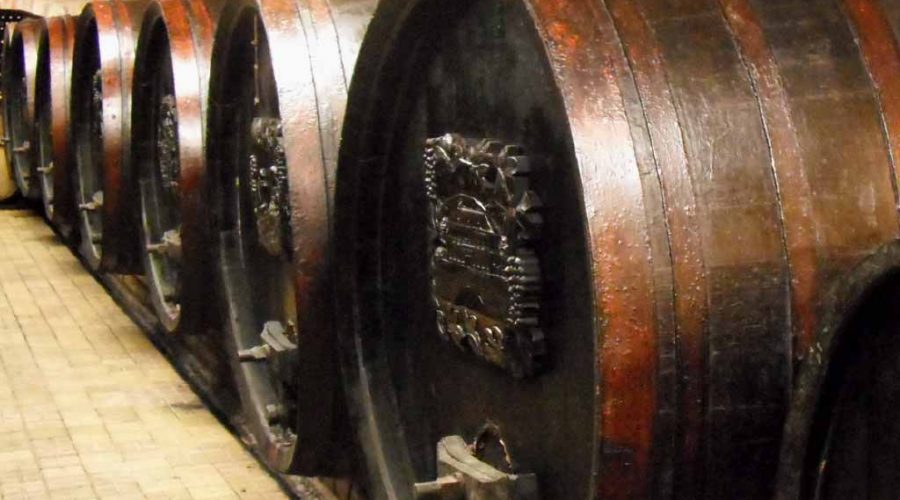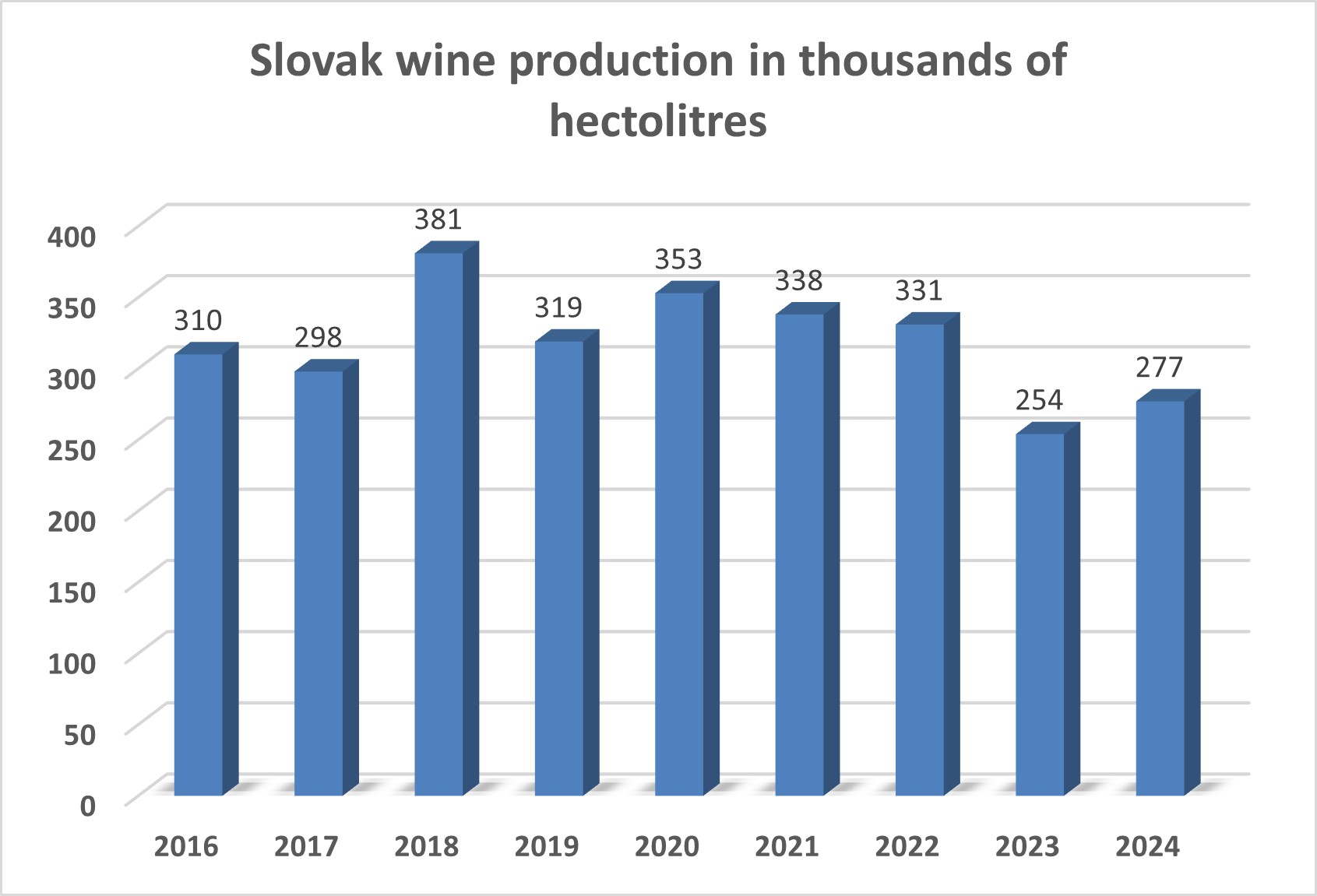History of Slovak viticulture and winemaking
Archaeological findings called Seven Vineyard Knives from the sixth and seventh centuries B.C. indicate that the first people to grow grapes in this region were the Celts. They produced wine and exported it as luxury goods to northern regions. Romans, who came after Celts, founded vineyards on the slopes of the Small Carpathians more than two thousand years ago, marking the time when grapevines (Vitis vinifera) became more prevalent.
Noble varieties of grapevines were brought by the Romans during the reign of emperor Marcus Aurelius Probus (276-282 AD). When the first Slavs reached this territory, viticulture and wine making had already been fully developed.

Viticulture continued to flourish until the thirteenth century, when most of the vineyards were destroyed following a Tatar invasion. The arrival of colonizers in the fifteenth century, Germans in the west and Italians throughout the whole Tokaj region, marked the revival of winegrowing. With the exception of the Orava region, vineyards could be found throughout Slovakia. They were spread not just in the currently well-known wine regions, such as Malokarpatský (Small Carpathian), Južnoslovenský (Southern Slovakia), Stredoslovenský (Central Slovakia), Východoslovenský (Eastern Slovakia), Nitriansky, and Tokaj, but also in the Liptov region (Ružomberok), Spiš (Levoca), and the northeastern part of Slovakia (Prešov, Bardejov). However, up to 70% of the total wine sold in Slovakia came from western Slovakia and the region of Hont. Bratislava played a very important role during that time, primarily thanks to the Danube trade route. Bratislava is considered to be the oldest winegrowing village in Slovakia. Written records confirming winegrowing in its territory date back to 997-1038 AD. At the beginning of the fifteenth century, specifically in the year 1435, 474 winegrowing families, owning 2,003 vineyards, were registered in Bratislava. In the same year, these wine growers produced 226,952.5 ”okov“ of wine, equalling to roughly 15,356 hectolitres of wine, on which the so-called tithe (one tenth) tax was levied. During this time, the tradition of paying taxes amounting to one ninth and one tenth of one’s income or crop yield, as well as vineyard property and production taxes payable to municipalities and rulers, was established. This type of economy further promoted the development of crafts. Municipalities were then able to earn various privileges and freedoms.

Toward the end of the fifteenth century, winemaking guilds started popping up and winegrowing and winemaking traditions were handed down to new generations. In the second half of the sixteenth century, annual winemaking production reached 650 – 700 thousand hectoliters of wine, while the population was roughly 1 million. Later in the 16th and 17th centuries, most likely due to its low profitability, winegrowing on such large geographic areas started to scale down. At the beginning of modern times, winegrowing continued to develop on a decreased geographic area, roughly the same as what it is today. The decline in winemaking continued throughout the 18th and 19th centuries, due to newly acquired diseases (Perenospora) and pests (Phylloxera) all the way to the 1920s (the period of the economic crisis) and the period between the two world wars, until the 1960s. The biggest areal growth of winegrowing in Slovakia was recorded in the 1960, up to 1980s. However, it was marked by the collectivization and mass production, irrespective of wine quality. In comparison to the year 1945 when grapes were grown on 15,250 hectares, the winegrowing area had increased to 32,140 hectares in 1985. The most recent two decades have been marked by a continuous decrease of the total winegrowing area, representing hardly 10,000 hectares today. Winegrowers and winemakers of today use state-of-the-art technologies which, coupled with the rich history and traditions, enable them to produce wines of the highest quality.



